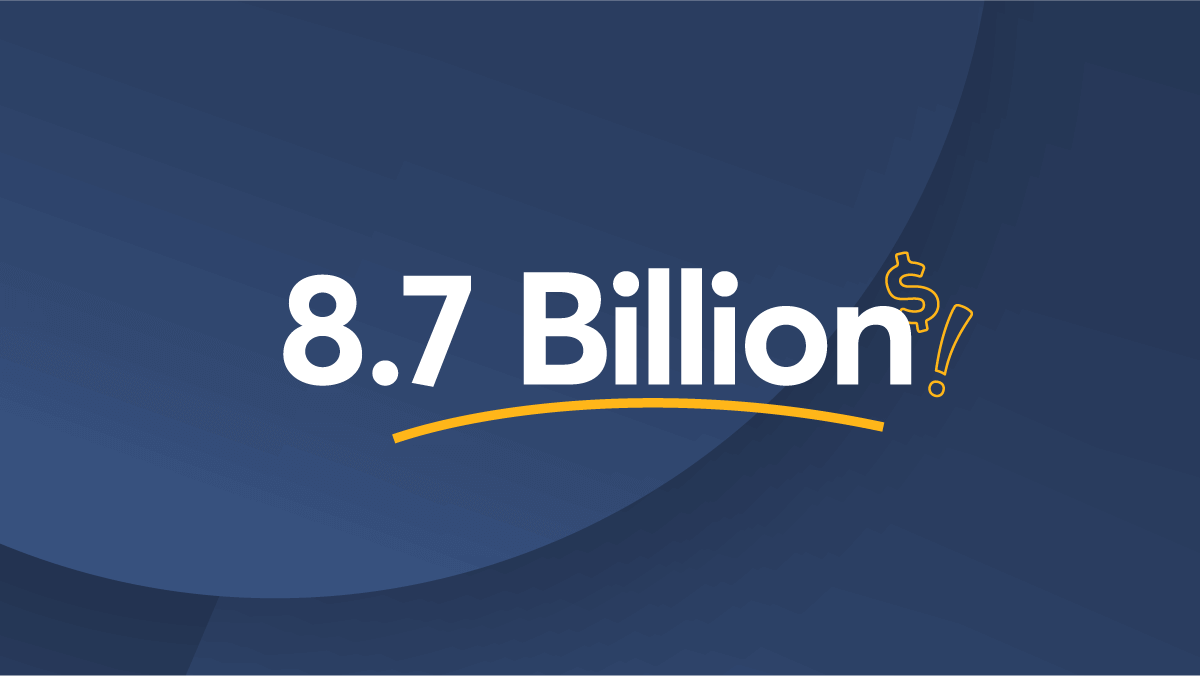Brex and Wise are Solving Growing Pain Points for Employers: Global Employee Reimbursements
The “Going Global” Challenge In today’s post-pandemic world where employees can work from anywhere and companies are more frequently hiring beyond their...

Hidden exchange rate markups estimated to cost Americans $8.7 billion in 2019
Consumers and businesses lose billions every year when they send and spend money internationally and most are unaware they are losing out. Wise was founded to solve this problem.
We recently commissioned independent research (full methodology here) to understand how Americans are affected by the lack of transparency in international payments.
Capital Economics estimates that American consumers and small businesses paid over $16.3 billion in 2019 on foreign exchange. Of this, roughly $7.6 billion are shown as transaction fees, but more than half - about $8.7 billion - are hidden in exchange rate markups and various fees for card usage abroad.
A few groups of Americans are particularly badly hit by these hidden fees.
Sadly, these findings confirm that Americans are not immune from getting ripped off on exchange rate markups.
Lack of transparency creates confusion and costs consumers
This status quo persists because most people don’t ever realize their international payment comes with a hidden fee in the form of an exchange rate markup.
To determine the actual cost of an international transaction, consumers have to conduct a complex calculation:
This task is time-consuming and difficult. The complexity of the calculations required - along with the fact that the exchange rate markup is rarely stated and a reference rate is almost never provided - make it nearly impossible to shop around with different providers.
Banks and money transfer rate providers make it hard to understand exactly what you’re paying for. When it’s not clear what your costs really are, providers can charge whatever they want.
This lack of information in international payments is exploited by banks to conceal significant revenue in exchange rate mark-ups and it adversely affects consumers and small businesses.
Consumer awareness of hidden fees
We also commissioned YouGov to conduct a consumer survey analyzing Americans’ awareness of how international payments pricing works. YouGov found that 55% of US adults who have sent money abroad said they understand how much they paid in fees.

However, when presented with the most common forms of fee structure that banks and other providers give consumers, only 9% of consumers could identify that the full cost is composed of both an upfront fee and an exchange rate markup.

When presented with a real world example in cold hard numbers, only 20% of respondents could accurately identify whether or not they had enough information to determine the total cost of a payment.
These findings held true for all age ranges, income groupings, and levels of education.
What’s the solution?
Transparent pricing for international payments will help stop these hidden exchange rate markups and help save billions for consumers.
We are asking Congress to end the lack of transparency that costs Americans over $8.7 billion a year.
*Please see terms of use and product availability for your region or visit Wise fees and pricing for the most up to date pricing and fee information.
This publication is provided for general information purposes and does not constitute legal, tax or other professional advice from Wise Payments Limited or its subsidiaries and its affiliates, and it is not intended as a substitute for obtaining advice from a financial advisor or any other professional.
We make no representations, warranties or guarantees, whether expressed or implied, that the content in the publication is accurate, complete or up to date.

The “Going Global” Challenge In today’s post-pandemic world where employees can work from anywhere and companies are more frequently hiring beyond their...

Our mission has become irreversible, the company financially independent, and adoption continues to accelerate. Thank you - Wise customers - for...

To the Wise community When my co-founder and I launched Wise 7 years ago, we set out to irreversibly fix how money doesn’t work across...

Money is information. Using, storing and moving money should be as cheap and instant as exchanging information. As cheap as sending an email. And certainly it...

The grassroots story of how Hubstaff customers helped them make the switch to Wise API for mass payouts. And why they're happy they found the solution.

Wise is on a lofty mission to reduce the cost of money movement to zero. I'm an investor, and I believe they can do it. Here's why.